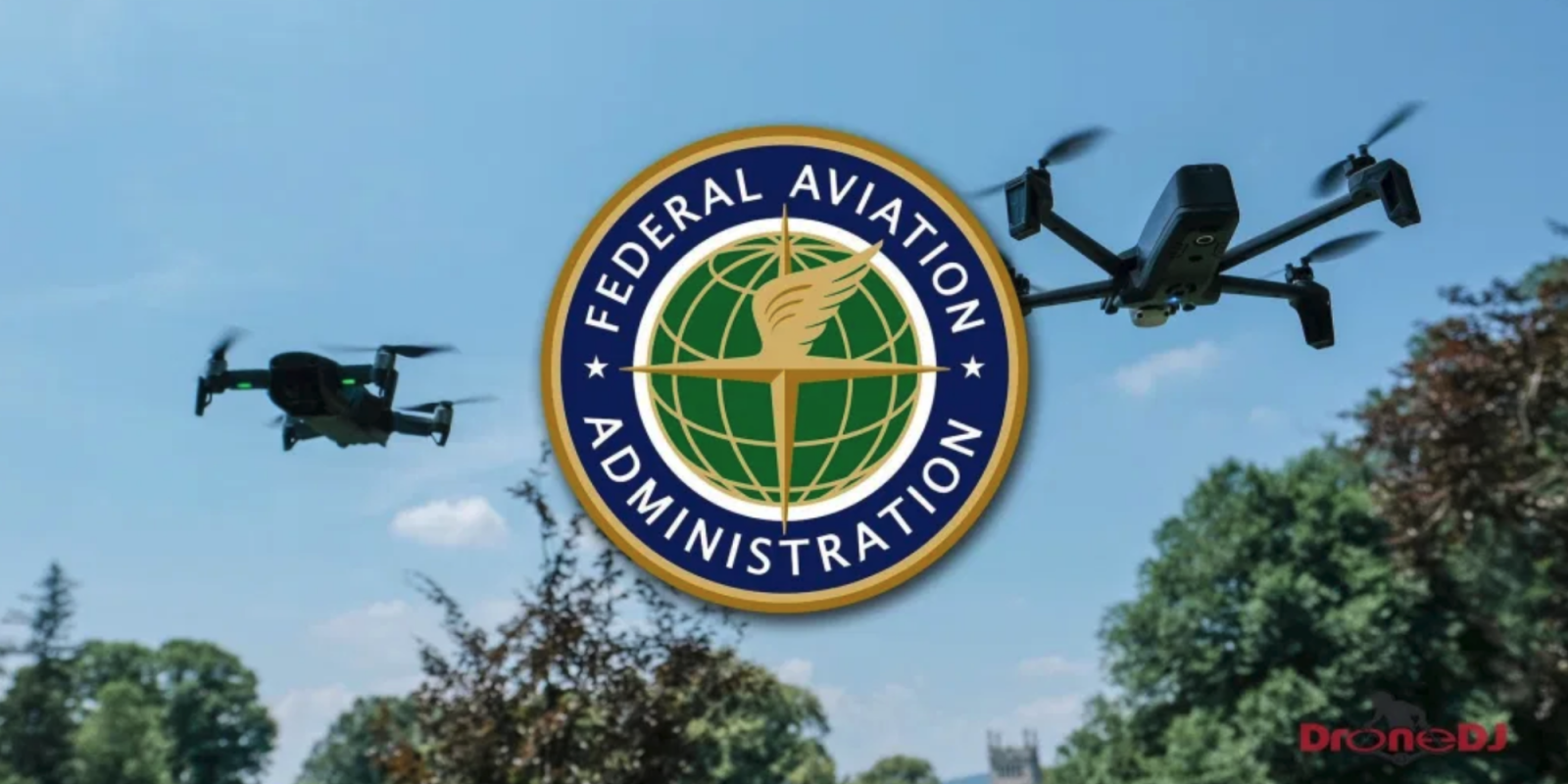
The Federal Aviation Administration (FAA) says it will commence field-testing new drone traffic management capabilities as part of its ongoing effort to integrate UAVs into the national airspace, and prepare for anticipated expansion of craft operation for a variety of purposes.
The FAA announced plans to rev up its Unmanned Aircraft System Traffic Management (UTM) Field Test of drone platforms on an unspecified date this spring. The effort aims to improve the standards, data-exchange methods, and cybersecurity capabilities of government, civil aviation, and drone sector actors, and work toward establishing a safe and reliable means of UAVs operating in the same airspace as larger craft.
To do that, the FAA has conducted clusters of trials with other government agencies and aerospace partners including NASA. Those strive to identify the means by which the wide and ever-increasing array of aerial vehicles can avoid one another using automated systems directing traffic. That involves creating drone UTM tech combining services complementary to, but also independent of Air Traffic Management services for crewed aircraft.
According to the FAA, a final UTM network “will ultimately identify services, roles, responsibilities, information architecture, data exchange protocols, software functions, infrastructure, and performance requirements for enabling the management of low-altitude uncontrolled drone operations” of under 400 feet.
The last phase of UTM testing wrapped up in late 2020 following a series of drone trials at the Virginia Tech Mid-Atlantic Aviation Partnership and the New York UAS Test Site.
Though the COVID-19 pandemic almost certainly led to a delay in starting the next round of UTM experimenting, the FAA continued development of certain related aspects to it. Earlier this month, for example, it announced it had issued its millionth automated Low Altitude Authorization and Notification Capability (LAANC) permit for flights in restricted areas.
The new round of testing is also expected to provide the FAA with critical information for the development of new drone operation policies. The approaching UTM trials will additionally be used to shape updated standards that will enable currently restricted drones flights, and pave the way for routine beyond visual line of sight use.
When they begin, the various exploratory UTM flights will partner the FAA and drone industry actors in examining various kinds of navigational platforms and technologies in realistic and often challenging flight environments. The objective of that is as evident as it will be challenging to achieve: creating a virtually fool-proof, entirely safe drone traffic management system that fits seamlessly into the wider and very crowded US airspace.
FTC: We use income earning auto affiliate links. More.




Comments